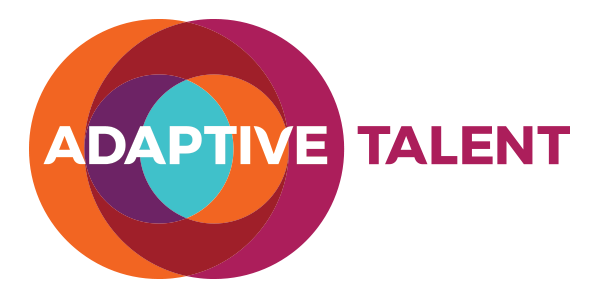If you haven’t noticed, the workforce and the workplace have changed. We are now living in an age of a multi-generational workforce with an enhanced need for inter-connectivity, an aversion to long-term commitment, and an expectation of unlimited career opportunities. At the same time, the workplace is faced with new leadership, significant restructuring and increased expectations of high performance.
Companies are transforming in many ways to meet these demands including a focus on globalization, mobility, flexibility, and collaboration. In this same spirit, organizations are beginning take a much broader view and build dynamic internal processes for moving talent from role to role at the leadership, professional and operational levels. We refer to this as “talent mobility.”
As a matter of fact, one of the biggest success-drivers in enduring organizations is their ability to rapidly and transparently move people from role to role and function to function as business needs change. To do this requires a new way of thinking about and managing talent. It requires managers to become more fluent and transparent when speaking about talent and it requires employees to become more actively engaged and candid about their career aspirations and development goals.
Talent mobility can only be achieved through a well integrated talent management strategy. How a company recruits talent, manages its employees’ careers and develops the right capabilities to fulfill business needs is essential for enabling a mobile, high performing workforce. Below are two examples of companies that have demonstrated best practices in this area.
Deloitte
Deloitte, a $27 billion company with more than 165,000 people, is one of the best talent management organizations we have studied. The company spends more than $300 million a year on development, and has built an innovative career model called the “career lattice.” Deloitte’s model enables employees to build their own customized career – by looking at the tradeoffs between four dimensions:
- Pace – rate of career progression
- Workload – quantity of work output
- Location / schedule – when and where work is performed
- Role – type of position and responsibilities
By transparently discussing these four dimensions, employees of all ages and experience can plan their careers as high powered consultants, leaders, experts, or support. Even in today’s tough times, Deloitte expects an 18% growth this year and their ability to quickly move into new industries and new businesses is one of their greatest strengths.
PEMEX
Petróleos Mexicanos (PEMEX) is an $86 billion company which discovered one of the world’s largest oil fields in the Gulf of Mexico in 2006. But its exploration and production organization is rapidly retiring – they expect 32% of these professionals to leave in 5 years and 20% within 3 years.
To fill this gap, the company has implemented an end-to-end succession and career mobility programs for all 9,500 technical professionals – this program takes into account skills, work experience, demographic background, language, educational history, performance ratings, psychometric analysis, certifications and learning results, and the employee’s personal career interests. Every employee in PEMEX has a transparent, published career plan and these career plans are actively managed.
Talent mobility is the movement of talent to where it is needed most – and understanding the opportunities for leveraging key skills and knowledge across the company. For years, companies have talked about the right talent in the right roles at the right time. That is the essence of talent mobility. And now is the opportunity for companies to really rethink how they make that happen more seamlessly and intentionally.
Adaptive Talent is a talent consultancy designed to help organizations achieve amazing results and ongoing adaptability. Founded in 2008 and based in Vancouver, Canada we offer retained search, assessments, total rewards consulting, training, leadership coaching and development programs, and culture & organizational development consulting.

